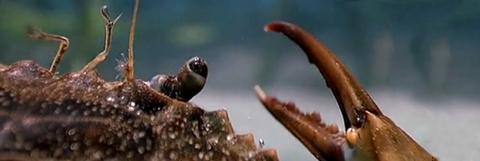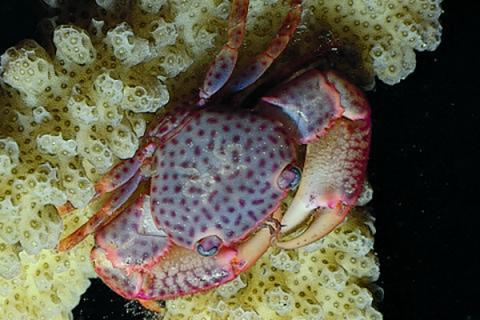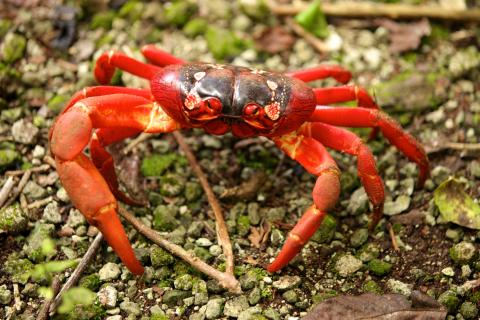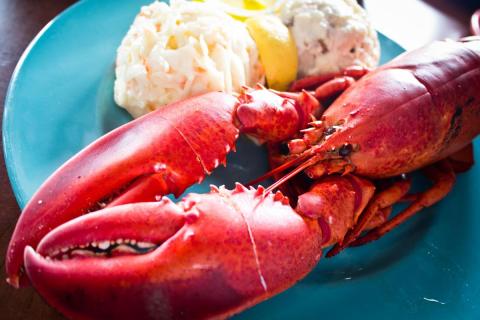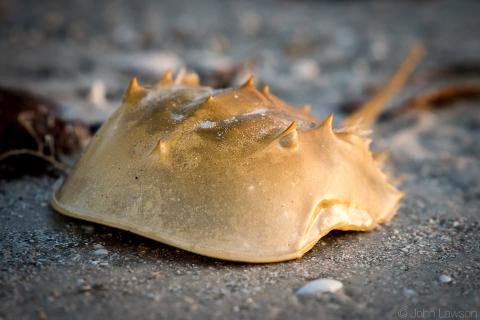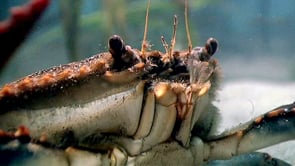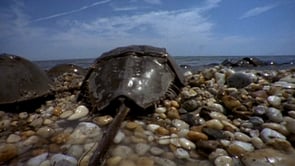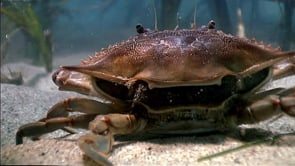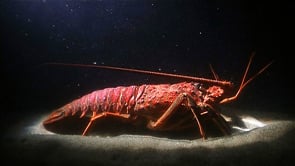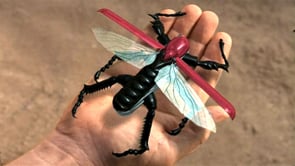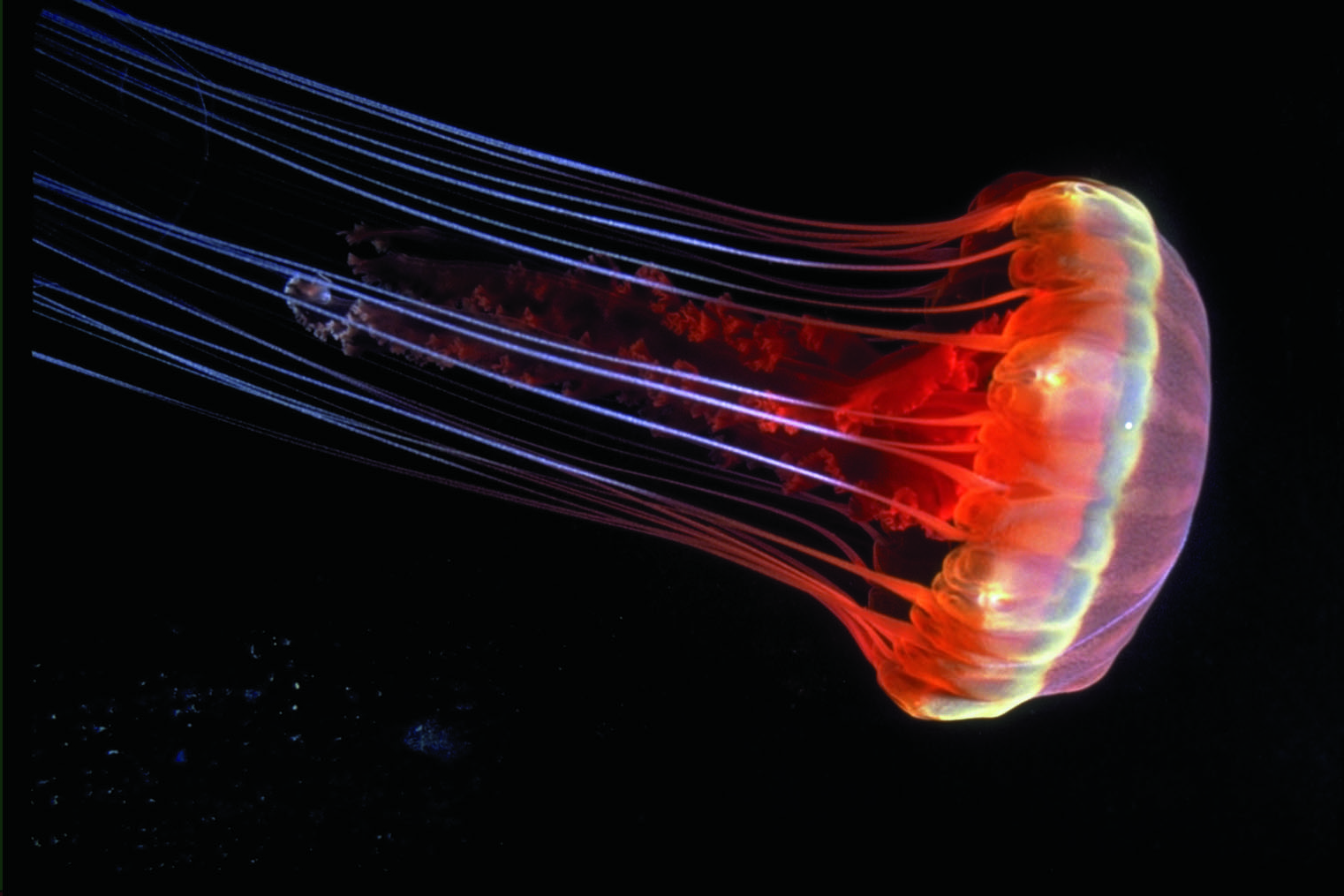

Phyla
Marine Arthropods
Associated Shape of Life Content
Crustacean Vision
Hey Crazy Eyes!
Lobsters, shrimp and crabs and other crustaceans have an amazing diversity of both simple and compound eyes, each with standard crustacean features.
Mantis Shrimp
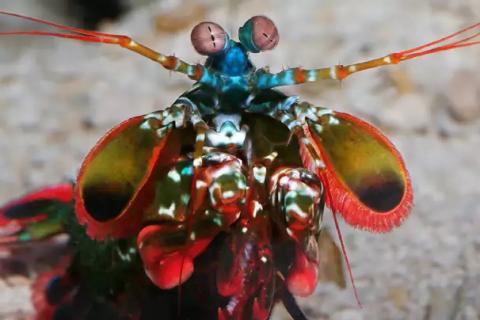
Sound in the Sea
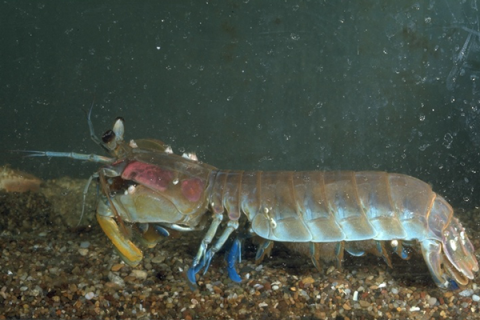
Marine Arthropods Migrate
Birds do it, amphibians do it, mammals do it, and so do marine arthropods. They all migrate.
Hydrothermal Vent Crab
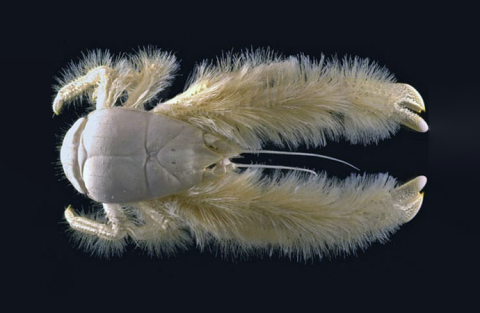
Marine Arthropod Adaptations + Engineering Design
Students explore the diversity and adaptations of marine arthropods through short videos and student centered activities.
Marine Arthropods: A Successful Design, The Limbed Creature Advantage
Whether one rates success in terms of numbers, number of species, range of habitats exploited or simply as a total mass of animal tissue, the limbed creatures clearly have the advantage.
Marine Arthropods: An Adaptive Body Plan
Marine arthropods are the most abundant group of animals in the ocean.
Marine Arthropods and Human Interaction
Much of our interaction with marine arthropods is through eating crustaceans like lobsters and crabs. In 2021 the Dungeness crab fishery in some areas of the west coast was closed to avoid whale entanglements with the gear.
Marine Arthropods and Climate Change
Marine arthropods are likely to be impacted by climate change in many ways and some are already feeling the heat. Ocean warming is likely to alter the distribution and lifecycle of ecologically important Antarctic krill.
Marine Arthropods' Role in Ecosytem
Copepods are tiny marine arthropods that are very diverse and are the most numerous multi-celled animals in the aquatic community. As zooplankton, they play a major role in the ocean’s food web.
Marine Arthropods and Paleontology
Scientists have found evidence of a complex brain in a fossil arthropod that’s estimated to be 520 million years old. This extinct crustacean’s brain supports some scientists’ hypothesis that once a basic brain evolved, it changed little.
General Information about Marine Arthropods
Read THE MARINE ARTHROPODS A Successful Design from the Shape of Life book.
Marine Arthropods: A Successful Design Questions
There are three separate lessons here based upon questions.
- A list of questions about the characteristics of marine arthropods to use after viewing the video Marine Arthropods: A Successful Design.
- A Shape of Life Marine Arthropods: A Successful Design worksheet. Students make sketches and write short answers to questions about the amazing world of marine arthropods. This was created by Rachel Miller from Science from Scratch.
- A Powerpoint with questions to use while watching the video Marine Arthropods: A Successful Design.
Copepods
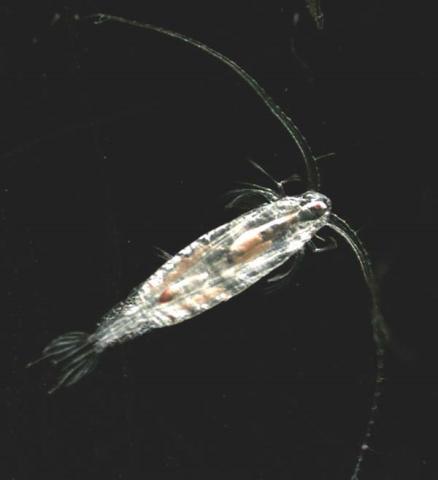
Water Strider
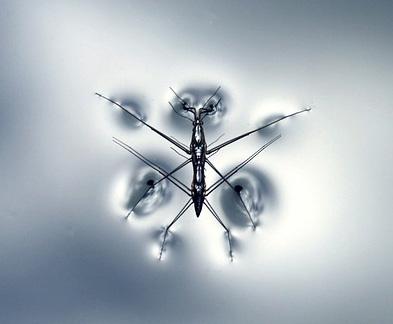
Nauplii Larvae

Anomalocaris
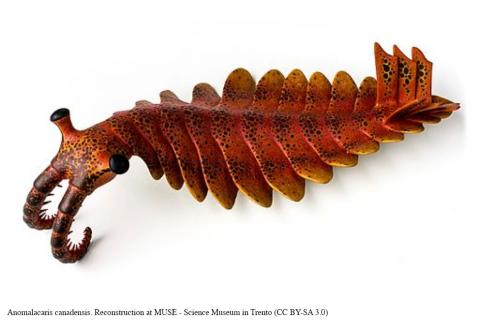
Our Oceans: The Frontier for Curious Minds
By Nancy Burnett, Founder, Shape of Life
I just went to a wonderful workshop about plankton. We may as well fess up to the fact that there’s a whole world out there in the ocean that we haven't told you about, yet. Most marine animals that we know and love started out in life looking very different from what they look like as adults.
At the beginning of life, they hatch out of eggs that float in the water or are attached to the bottom of the ocean. The tiny larvae feed, grow and change form in the ocean as part of the zooplankton. These fragile, otherworldly creatures swim or drift in the currents for months at a time before settling to the bottom to change into adults.
Climate Change is Robbing Us of Tasty Food and Quality of Life
Our last blog by Jane Silberstein revealed the beauty of the coral reefs of Fiji (I wish I had been on that trip!) and how climate change affects those extraordinary reefs.
Jane shared how changing ocean chemistry – ocean acidification – makes it more difficult for corals to build their reefs because they can’t absorb the necessary calcium carbonate. It’s our actions over the last 200 years that have changed the ocean: we have released about two trillion tons of carbon dioxide into the atmosphere. And about a quarter of that has been absorbed by the oceans.
Read more about how you can help slow ocean acidification…
Dungeness Crab
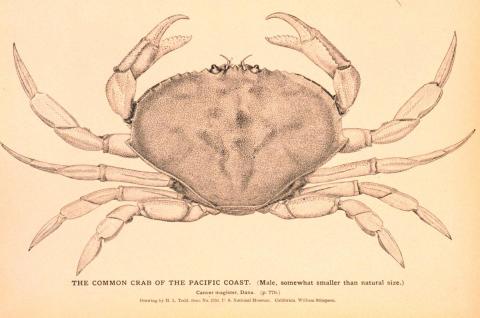
Blue Crab
